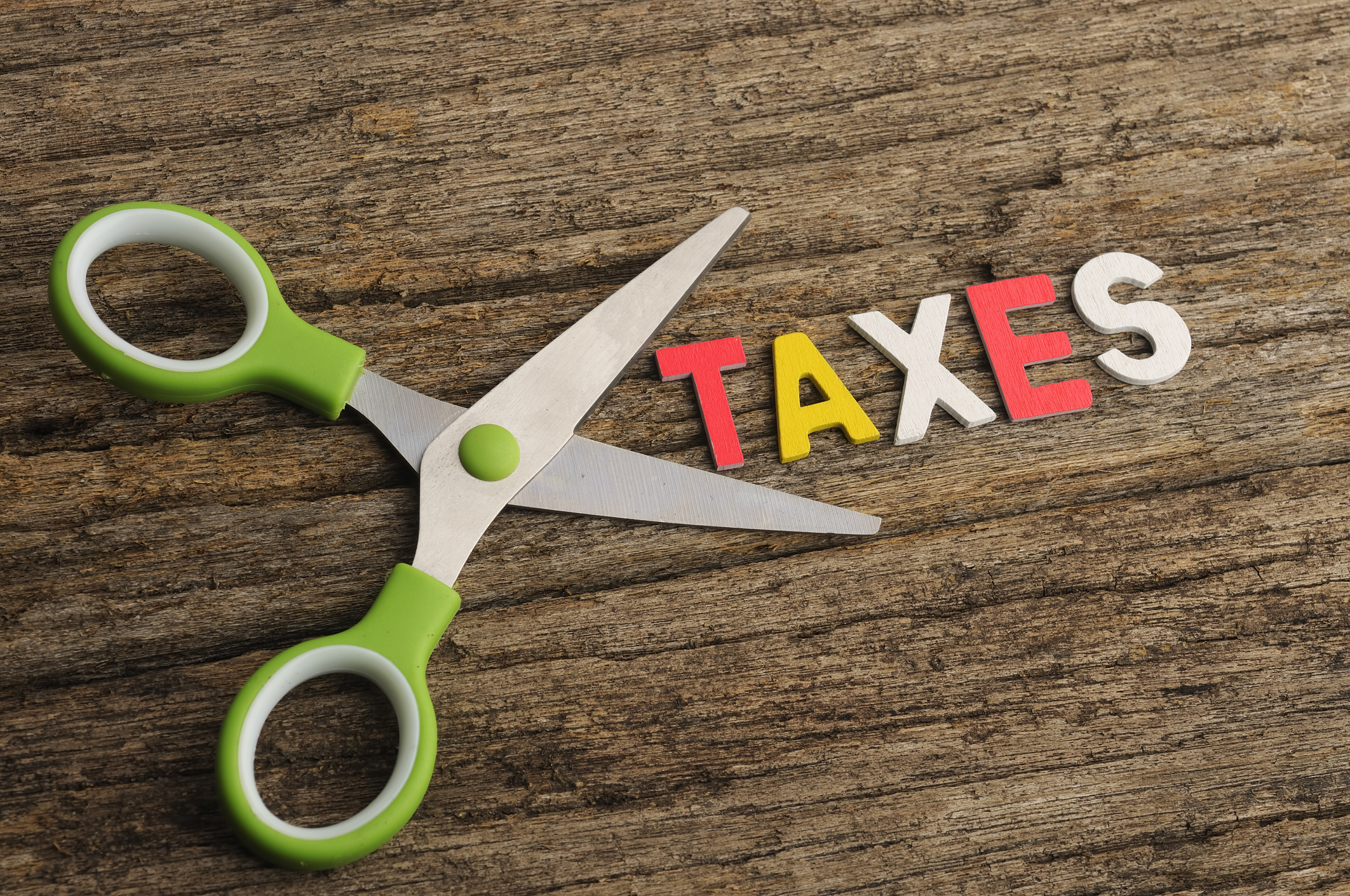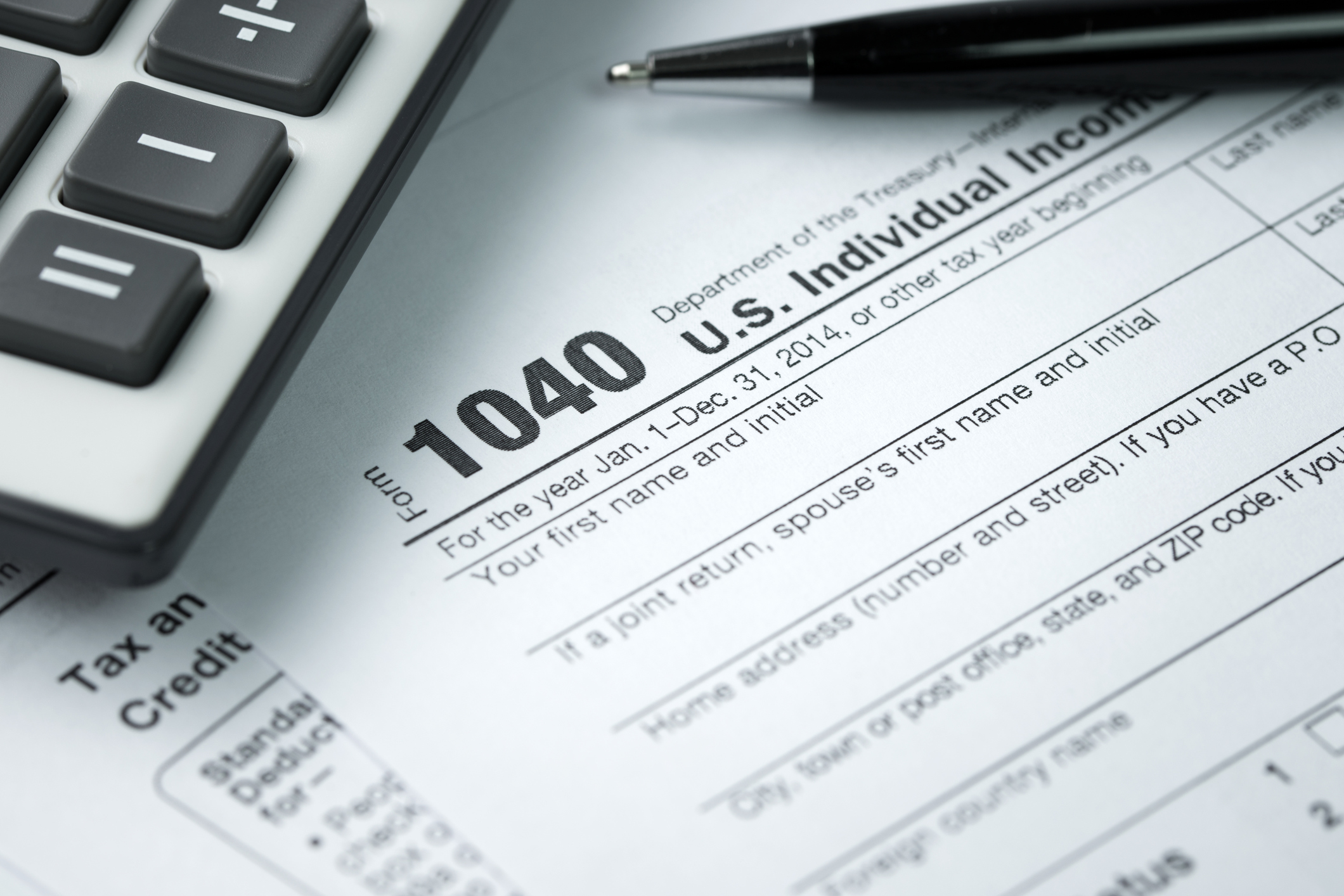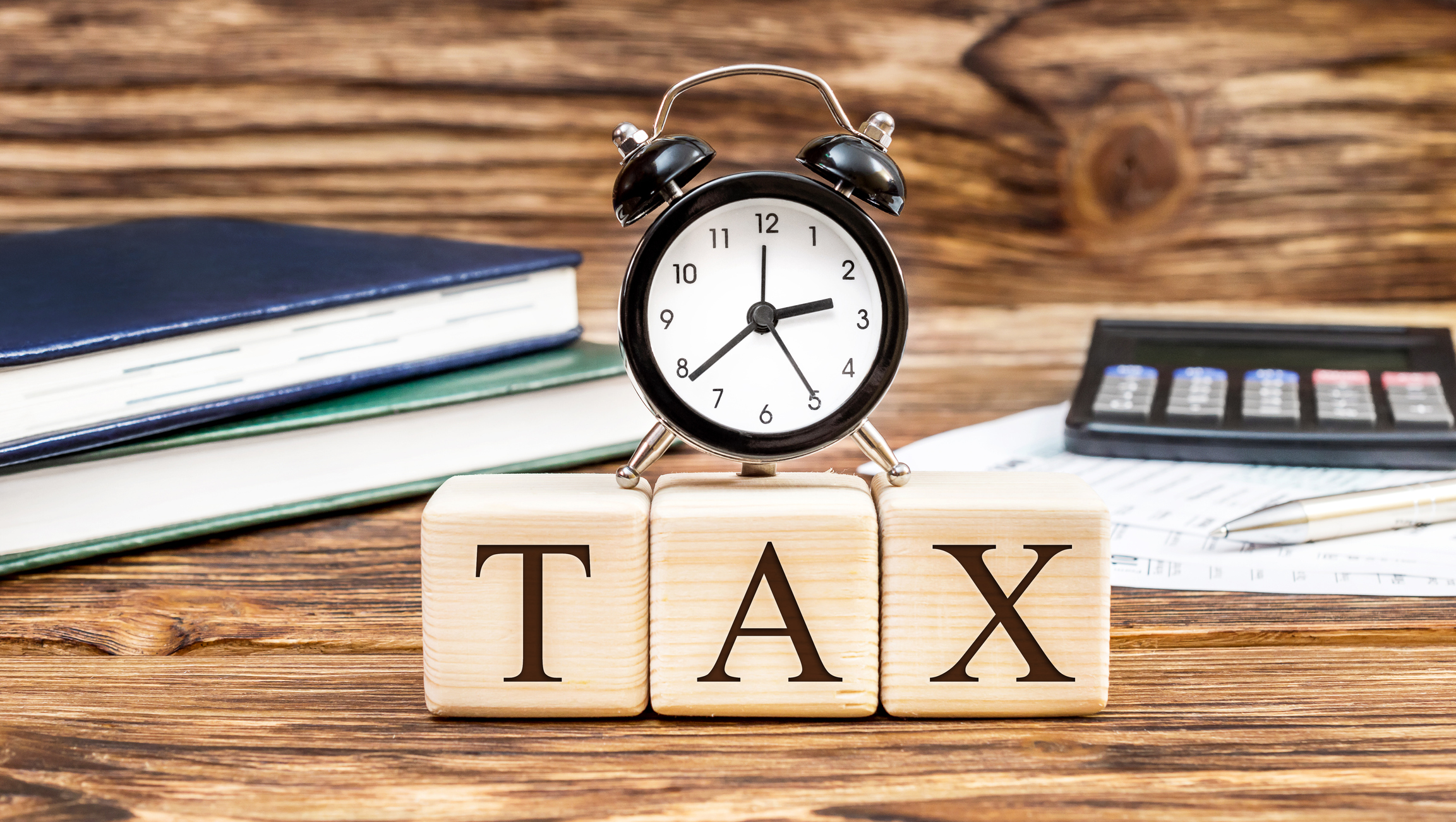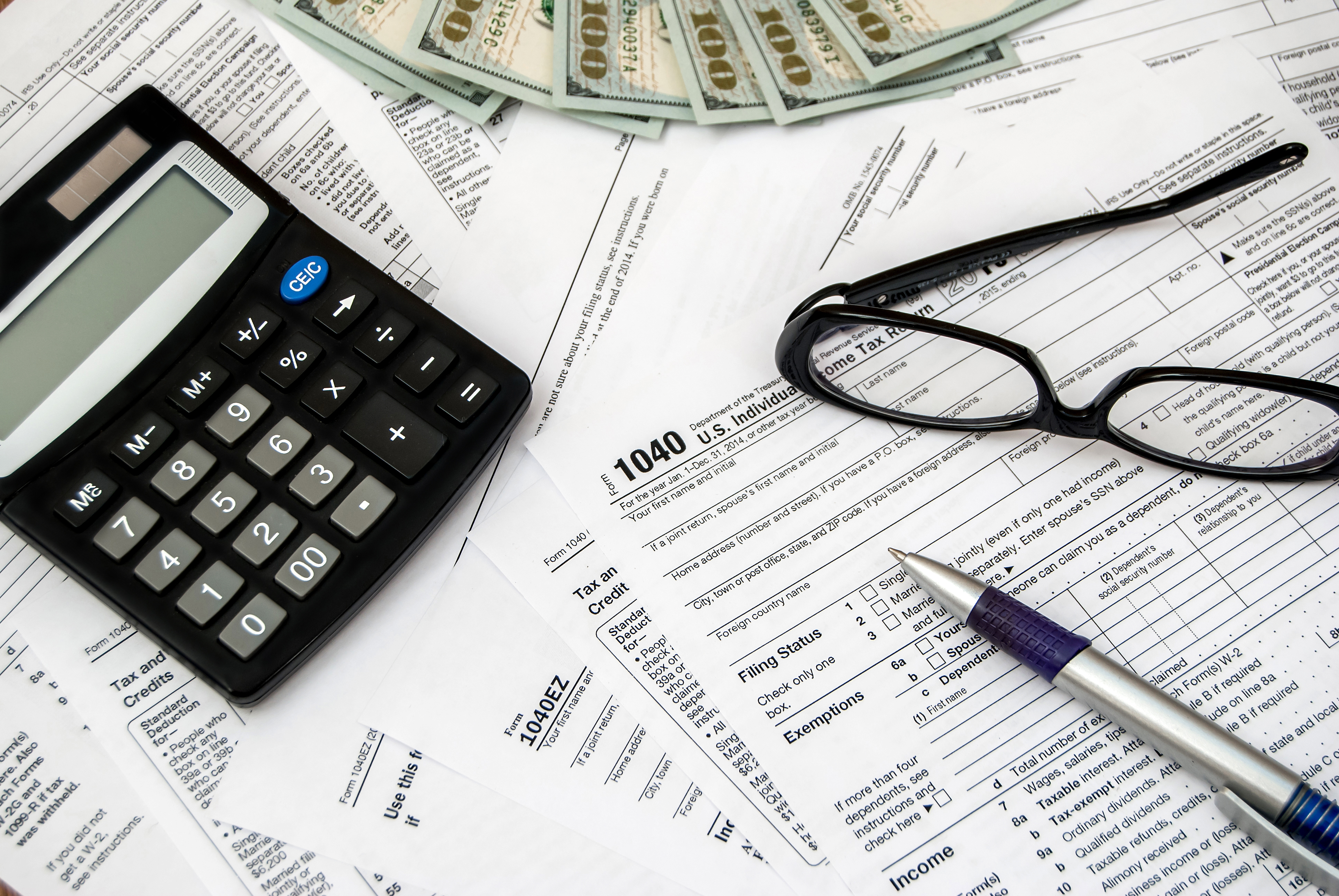To say that the United States tax code is complicated would be an understatement. It is almost 7,000 pages, and many of the tax laws we must follow have quite a bit of a gray area in their interpretation.
However, one of the silver linings to the thousands of pages of tax code is that there are numerous tax deductions and tax credits Americans can use. In this article, we'll cover the basics of tax deductions, how they work, and how they differ from credits and provide an example of how they might work in the real world.

What is a tax deduction?
A tax deduction occurs when a certain expense can be used to reduce the amount of your income subject to income taxes. For example, if you earn $100,000 this year and have $5,000 in tax deductions, it will reduce your taxable income to $95,000.
Under the U.S. tax code, there are two types of deductions, commonly referred to as above-the-line and below-the-line deductions.
Above-the-line deductions. Formally called "adjustments to income," these deductions can be used regardless of whether the taxpayer takes the standard deduction or chooses to itemize (more on that in a bit). Examples of above-the-line deductions include individual retirement account (IRA) contributions, health savings account (HSA) contributions, student loan interest, and teacher classroom expenses.
Below-the-line deductions. Taxpayers have two options with these deductions. They can choose to take the standard deduction amount available to everyone or list (itemize) each of their deductions. The most common examples of below-the-line tax deductions include mortgage interest, state and local taxes (also known as the SALT deduction), charitable contributions, and medical expenses exceeding 7.5% of your adjusted gross income.
Tax deductions versus tax credits
We're focusing on tax deductions in this article, but it's important to point out the basic difference between deductions and credits. In a nutshell, tax deductions reduce your taxable income. If you have a $100,000 gross income and $20,000 in available tax deductions, it will reduce your taxable income to $80,000, and the federal tax brackets would then be applied to this amount.
On the other hand, a tax credit reduces the amount of tax you owe, dollar-for-dollar. Let's say you're single with a taxable income of $80,000. According to the 2023 tax brackets, this would result in a federal income tax of $12,908. However, if you had $3,000 in tax credits, the amount you owe would be reduced to $9,908.
Should you itemize deductions on your tax return?
As mentioned, taxpayers can choose between standard or itemized deductions on their tax returns. They can pick whichever method is more beneficial to them.
The Tax Cuts and Jobs Act roughly doubled the standard deduction, beginning with the 2018 tax year, and reduced the number of available deductions. As a result, the vast majority of taxpayers are better off with the standard deduction. The "big four" itemizable deductions are:
- Mortgage interest on as much as $750,000 in qualified personal residence debt
- Charitable contributions
- State and local taxes, with a limit of $10,000 per year
- Medical expenses exceeding 7.5% of adjusted gross income (AGI)
For most people, if these four deductions add up to more than your standard deduction amount, itemizing could be worth it. If not, you're probably better off taking the standard deduction.
Related investing topics
Example of how tax deductions can save you money
Let's say you're a married couple filing a joint tax return and expect to earn a gross income of $150,000. You made a total of $10,000 in IRA contributions, which can be used as an above-the-line deduction to lower your taxable income to $140,000. You also had the following deductible expenses:
- $11,000 in mortgage interest
- $2,500 in charitable contributions
- $7,000 in various state and local taxes
These deductions add up to $20,500. Because this is less than the standard deduction amount of $27,700, you're better off using the standard deduction to reduce your taxable income to $112,300.


















